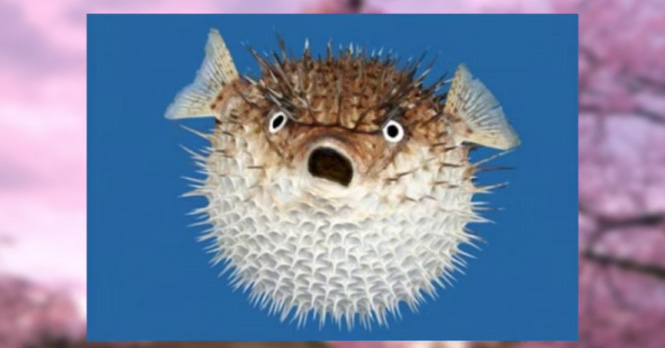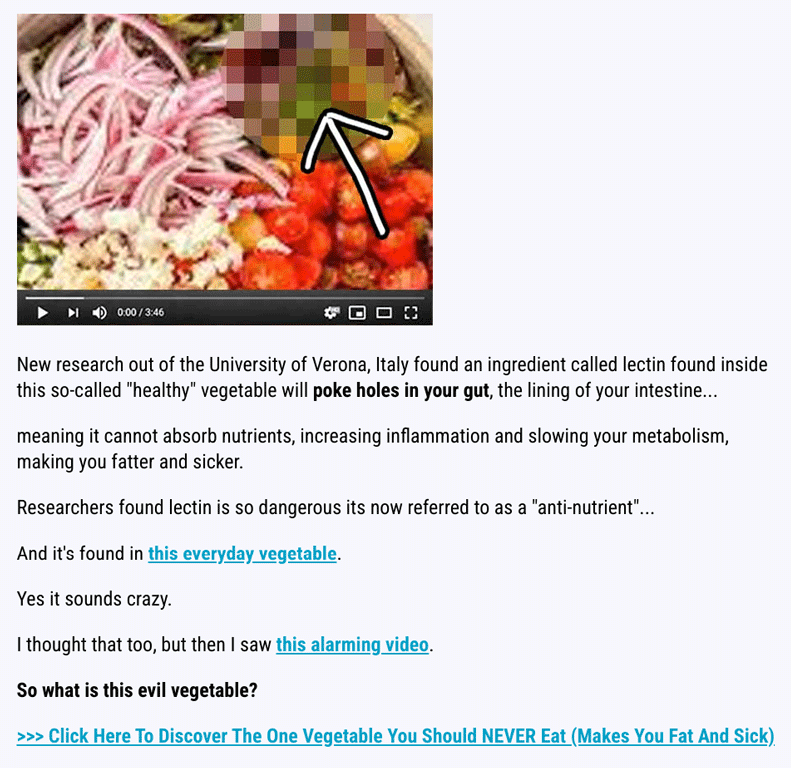Please follow us on Telegram to be sure to receive our latest posts!

image – https://youtube.com/watch?v=XoaUBnK8Z80
Many of us are excited when it comes to trying out new foods, especially when traveling abroad. However, as enticing and adventurous as these gourmet of foods often appear, some of them can make us extremely ill or worse, lead us to death. So without further ado, we present to you the list of 10 exotic foods that can actually kill you, please take note:
1. Giant Bullfrog
This is also known as Namibian Bullfrog. Frog legs are one of the most popular delicacies in Chinese and French cuisine. However, people need to be extra careful in eating these. The skin and organs of the giant bullfrog can be extremely toxic. Poisoned individuals may experience painful urination and kidney failure and this poisoning can even lead to death.
2. Kapayang
Kapayang (Pangium edule) tree is native to Southeast Asia. Though some parts of this plant are safe to eat and are an excellent source of iron and vitamin C, the fruit it produces can be very poisonous. It contains a high level of hydrogen cyanide. If ingested, the person may experience headache, excessive sleepiness, seizures, coma, or cardiac arrest and death. For safety, the seeds and the fruit needs to undergo fermentation to be edible. For proper preparation, astonishingly, the seeds are first boiled and then buried in a mixture of ash, banana leaves and dirt for forty days, during this time, the toxins will be removed.
3. Baby Octopus
Eating octopus is very popular in South Korea. This food is called Sannakji in Korean cuisine. The freshly chopped tentacles of the baby octopus are served to you immediately. There isn’t any poison in them, but on several occasions the octopus’ cups have become stuck in a person’s throat, leading to suffocation and death. Advice: Chew the food very well before swallowing.
4. Cassava Root
Cassava root is native to South America. This crop is cultivated annually in tropical and subtropical regions because of its starchy tuberous root that is a great source of carbohydrates. However, cassava roots, peels, and leaves should not be ingested raw for they contain two toxic chemicals, the cyanogenic glucosides linamarin and lotaustralin; that if exposed to the human digestive system it may cause vomiting, vertigo, and collapse. There have been cases in which death occurred within two hours.
5. Blood Clams
Blood clams are found in the Atlantic and the Pacific. Clams are one of the most enjoyed foods of many people. However, this type of clam is highly dangerous, especially if not cooked properly. The blood clam lives in a low-oxygen environment and because of this, it can ingest more bacteria and viruses including hepatitis A, hepatitis E, typhoid, and dysentery.
6. Stonefish
Stonefish is one of the most venomous fishes in the world. However, the danger of this food is not in eating them but it is during the preparation. Chefs should be extra careful when preparing them because of the venomous spines on its back. A sting of this fish can kill tissues of the infected area and may eventually lead to the person’s death if not treated immediately.
7. Pufferfish
The famous pufferfish is also called fugu, it is a well-known Japanese delicacy. This food is normally served raw and can only be prepared by highly trained and experienced chefs for it contains tetrodotoxin, frequently abbreviated as TTX, which is a deadly poison found in certain organs and flesh. You will know if you are served with a contaminated one because you will see some obvious signs. When the toxin is consumed, the person will experience vomiting, increased heart rate, numbness, decreased blood pressure, paralysis, and possibly death.
8. Ackee
Ackee is Jamaica’s national fruit. You will not find this in a lot of countries because they have banned its import. If eaten unripe, it can cause severe vomiting known as Jamaica Vomiting Sickness, followed by seizures and loss of consciousness due to its poison called hypoglycin. If not treated, the person infected will eventually die.
9. Silver-Stripe Blaasop
Silver-Stripe Blaasop is found in the Indian Ocean and the Mediterranean Sea. Like stonefish and pufferfish, this fish is extremely dangerous because its skin, liver, and reproductive organs contain the deadly poison tetrodotoxin. It should only be prepared by trained experts.
10. Monkey Brains
Eating monkey brains does not only happen in movies but also in reality. However, this is very dangerous for it could result in an incurable and invariably fatal disease called Creutzfeldt-Jakob disease, a terrible disease that slowly destroys the human brain.
Ok, here’s the video:
😳 What Tinnitus Does To Your Brain Cells (And How To Stop It)
After 47 years of studies and countless brain scans done on more than 2,400 tinnitus patients, scientists at the MIT Institute found that in a shocking 96% of cases, tinnitus was actually shrinking their brain cells.
As it turns out, tinnitus and brain health are strongly linked.
Even more interesting: The reason why top army officials are not deaf after decades of hearing machine guns, bombs going off and helicopter noises…
Is because they are using something called "the wire method", a simple protocol inspired by a classified surgery on deaf people from the 1950s...
★ How To Get Rid Of Nail Fungus:
★ Does Your Salad Contain This Vegetable?
★ 20 Natural Painkillers In Your Kitchen (Video):
★ Men's Prostate Health:

2. Famous Chef Sheds 60lbs Researching New Paleo Recipes: Get The Cookbook FREE Here
3. #1 muscle that eliminates joint and back pain, anxiety and looking fat
4. 7 odd foods that KILL your abdominal fat (surprising fat-fighters)
5. The TRUTH about bread (Will surprise you!)
6. [PROOF] Reverse Diabetes with a "Pancreas Jumpstart"
7. Here's What Happens When You "Unlock Your Hip Flexors"
8. The #1 WORST food that CAUSES Faster Aging (beware -- Are you eating this?)
The #1 Muscle That Eliminates Joint And Back Pain, Anxiety And Looking Fat
By Mike Westerdal CPT
Can you guess which muscle in your body is the #1 muscle that eliminates joint and back pain, anxiety and looking fat?
This is especially important if you spend a significant amount of time sitting every day (I do, and this really affects me in a big way!)
Working this "hidden survival muscle" that most people are simply not training because no-one ever taught them how will boost your body shape, energy levels, immune system, sexual function, strength and athletic performance when unlocked.
If this "hidden" most powerful primal muscle is healthy, we are healthy.
Is it...
a) Abs
b) Chest
c) Glutes
d) Hip Flexors
Take the quiz above and see if you got the correct answer!
P.S. Make sure you check out this page to get to know the 10 simple moves that will bring vitality back into your life:
If you enjoyed this page:












